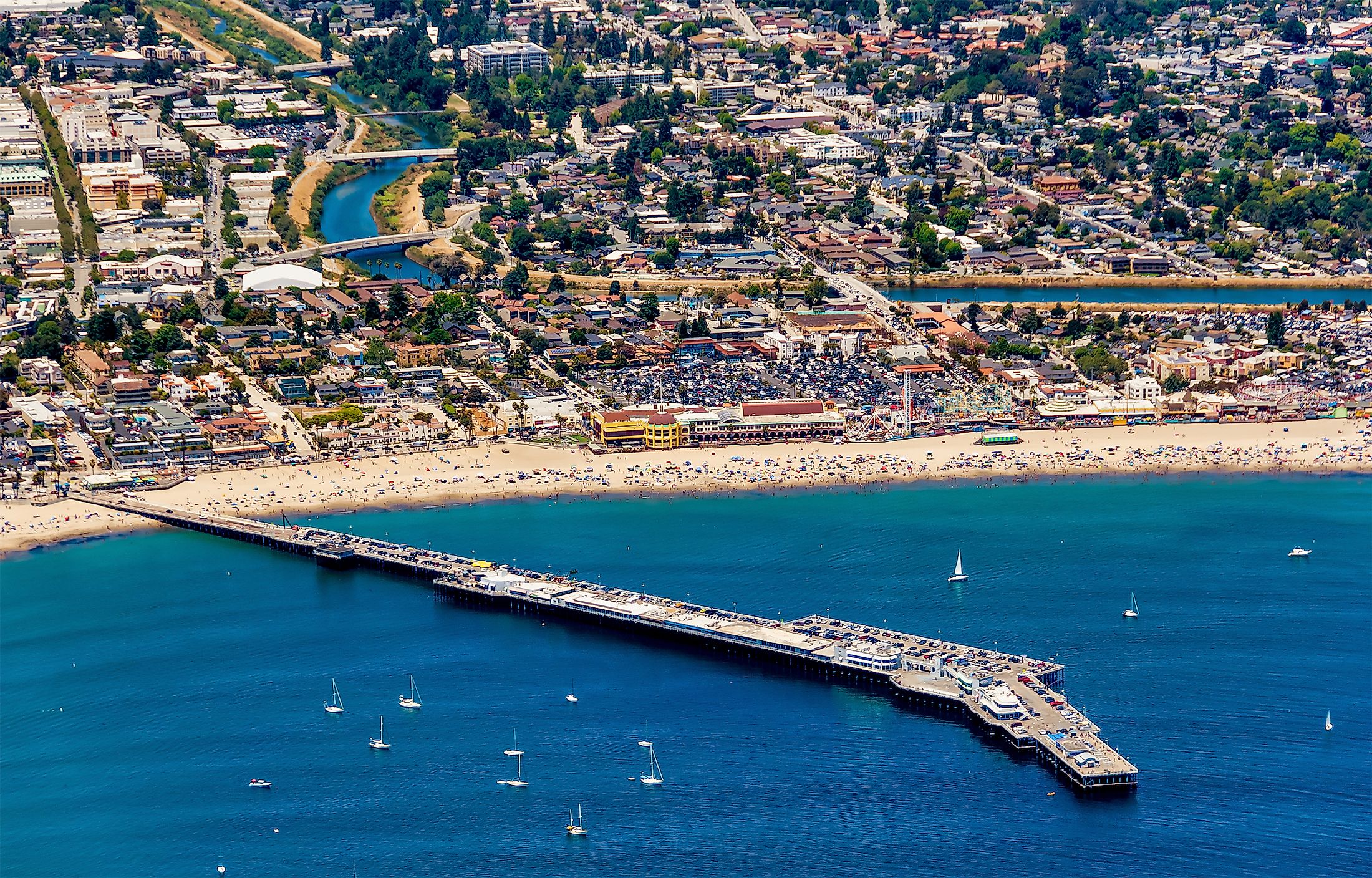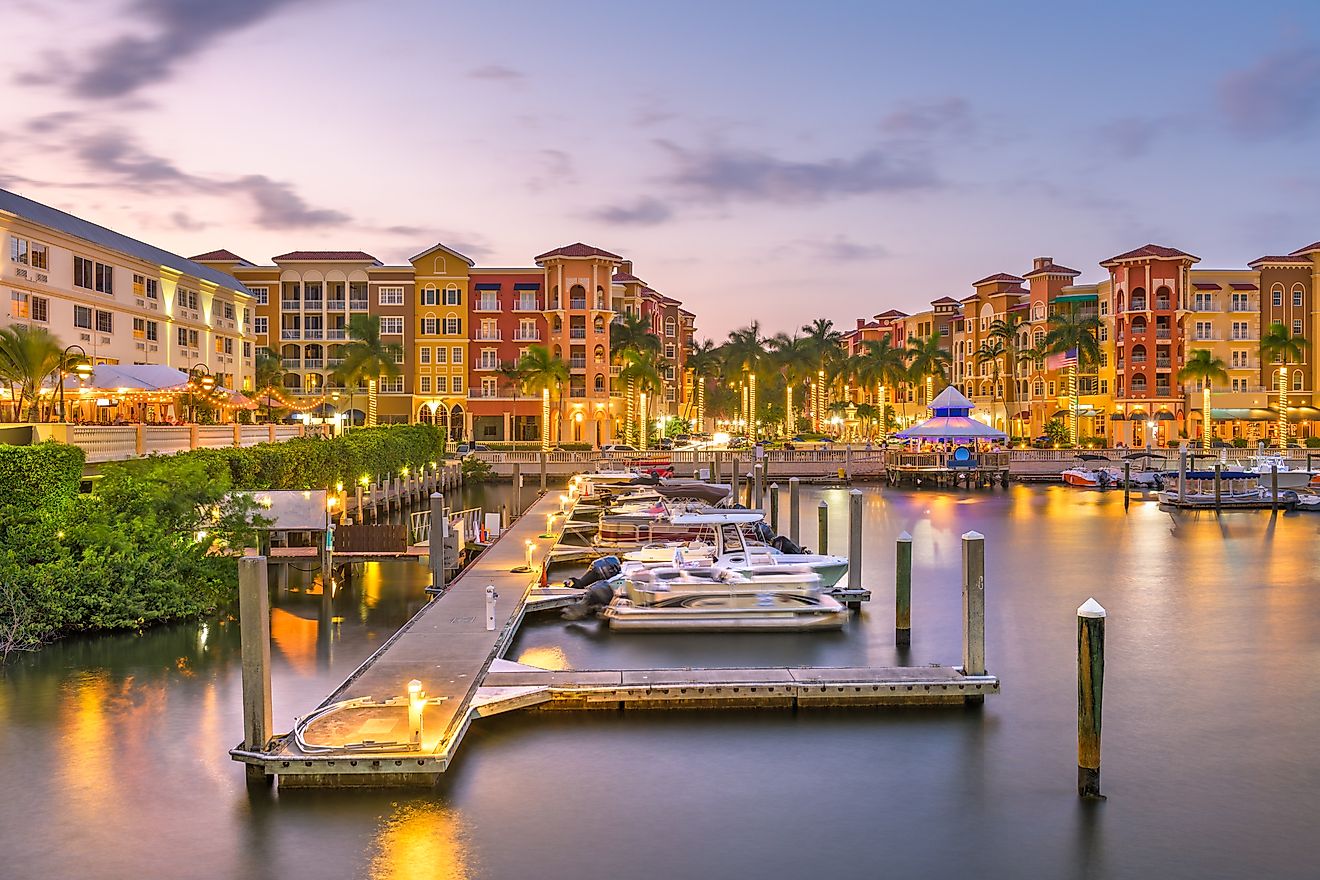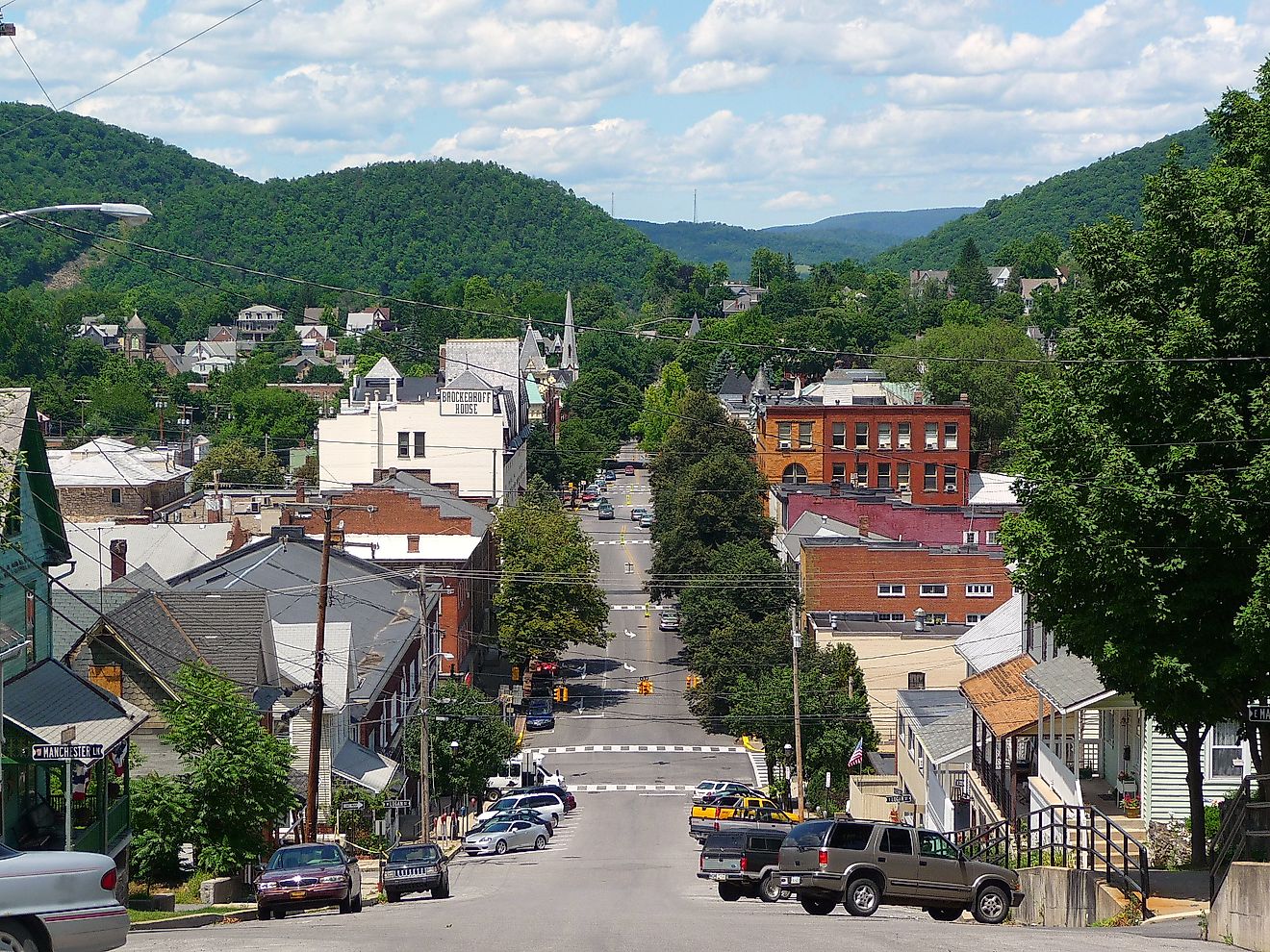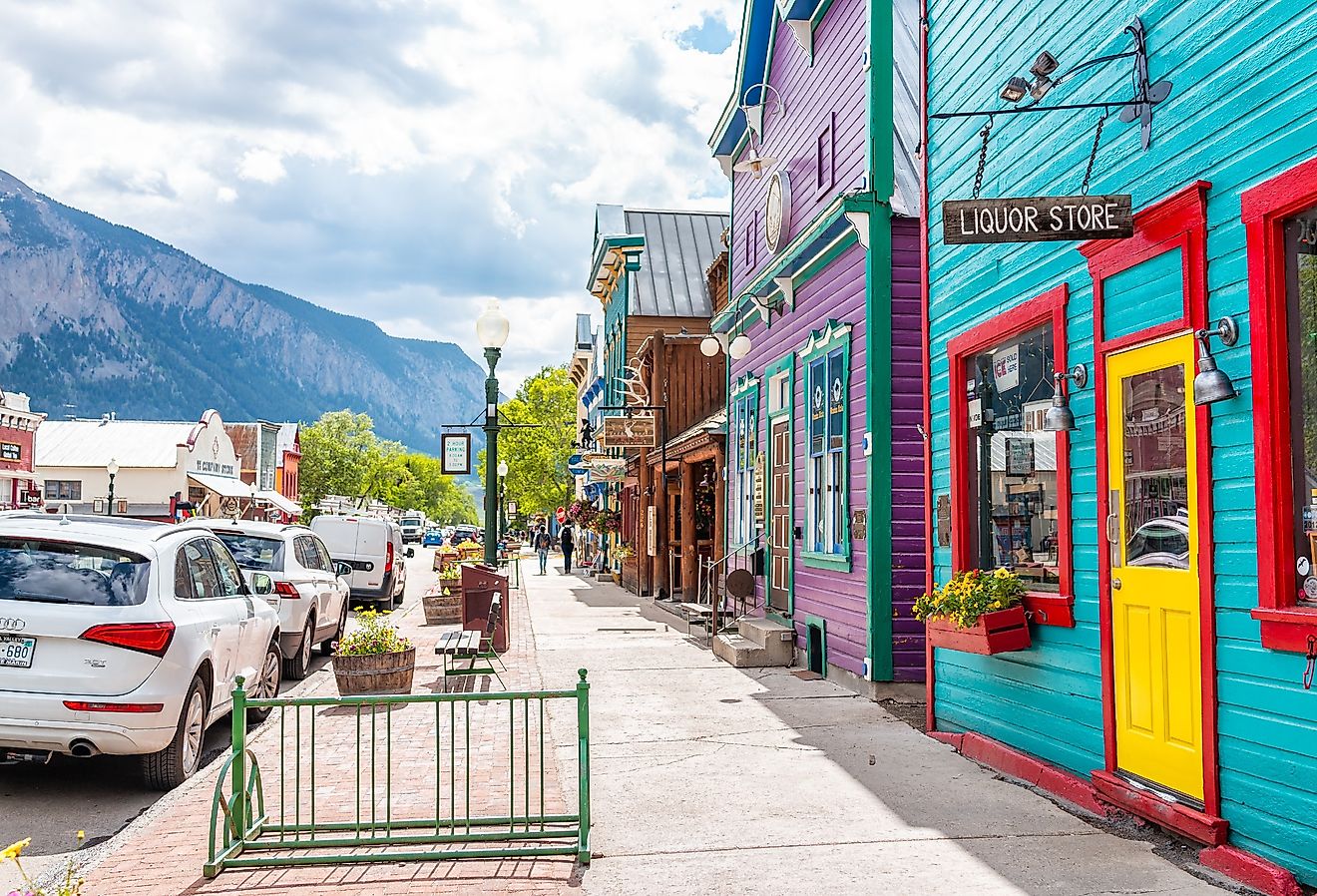
Santa Cruz, California
The city of Santa Cruz, Northern California, is extraordinary in every sense, showing off a basketful of natural frames and beautiful scenery, a community with a sense of place, and unique history with a small-town atmosphere.
Geography Of Santa Cruz

Santa Cruz is perched on the sandy beaches of the Pacific Ocean Coastline of the United States of America and is situated in the Northern region of California, the state with the most diverse series of landforms.
Santa Cruz lies within the limits of Santa Cruz County, at the foot of its mountains, and is the county's seat and largest city. A captivating coastline surrounds the town, and clumps of redwood forest proportions increase in the greenbelt of mountains.
Santa Cruz is adjoined to Monterey Bay and is located approximately 32 square miles south of San Jose and 75 square miles south of San Francisco. The city has a span area of 15.8 square miles, with three distinct regions, midtown, westside, and eastside, as discussed by its locals. According to the United States Census Bureau, in its last official count in 2020, the city's population is recorded at 62,956.
Now, Santa Cruz enjoys a serene nature and mild weather year-round, characterized by wet winters and warm, dry summers, which by the Köppen classification is a warm-summer Mediterranean climate.
History Of Santa Cruz

Predating the Pyramids of Giza, it is indicated through archaeological investigation that Indigenous people or the Paleo Indians have had the Californian regio involving Santa Cruz as their land of inhabitation for some 10,000 years ago since Mammoths roamed the land. These people have sustained their living in the region for many centuries, dependent on marine harvest. Known as the "Ohlones" at the time, it is noted that the tribe migrated and resided on the Central Coast of California.
There was no known contact with Europeans and the Native villagers until the 16th and early 17th centuries. In 1602, a Spanish expedition to California led by Sebastián Vizcaíno, credited with the first European exploration of the California coast, observing the villages therein. By that period, until 1769, there was no recorded contact on the land by Europeans. In 1769 however, the Portola expedition and its men were the first Europeans to traverse the Santa Cruz County Coast after seeking a path for what was described by Vizcaíno.
In 1791, the mission Santa Cruz, Spanish for "Holy Cross," was formed by Father Lausen and to be built; and was later completed as the 12th California Mission.
Twelve years after winning its independence from Spain in 1821, Mexico assumed control of the area and initiated the Mexican Secularization Act, which attempted to rename the community. Failed to do so, the Santa Cruz area remained as it is, thus preserving its name.
Soon, Americans started setting foot in the region after it came under the control of the US during the California Conquest between 1846 and 1847. The arrival of Americans from the eastern states in the late 1840s increased significantly and started opening many firsts in the city of Santa Cruz, which made it a prominent resort community.
After California became a state in 1850, with its 27 original counties created and Santa Cruz county being one, the city of Santa Cruz was later incorporated in 1866.
Economical Ascension Of Santa Cruz

The city of Santa Cruz started its economic ascension during the American period and has been prospering ever since. American immigrants developed the first commercial blocks in town and witnessed the establishment of the Santa Cruz railroads lines. That provided better access to the city's market and natural resources that the early industries heavily counted on.
The town brought more workers with its timber, leather, and limestone booming industries. Lumber camps, logging, lime processing, commercial fishing, and wine production were all activities that progressed at the time.
Throughout the turn of the century, Santa Cruz has had various agricultural industries established, with many specialties still retaining their importance. Santa Cruz experienced growth to become an agricultural center with increased industrialization starting in the second half of the 20th century. Santa Cruz has recently also seen an impressive flourishment in tourism and arts.
The city was once hit by an earthquake that struck central California on October 17, 1989, which caused severe devastation in the central shopping district and businesses and homes. It also had its harbor damaged when the city was hit by ocean surges caused by earthquakes and Tsunami, one back in 2011 and a recent one at the end of 2021.
The city of Santa Cruz managed to recover afterward and is well on its way to economic prosperity. Today, the economic model of Santa Cruz depends on its major industries, such as tourism, manufacturing, food processing, and high technology, while agriculture remains as important.
A Natural Setting Of Beauty And Wonderment

The coastal community of Santa Cruz succeeded in attracting tourist attention with its eclectic charm and natural beauty.
It is home to an expansive beach, boardwalks, many seaside facilities such as its impressive wharf, meadows and streams, national historic landmarks, state parks, and a beautiful natural blessing. The city's environment offers a wealth of natural resources and diversity to support human life.
The city's magnificent sweep of shores is a well-known host of watersports such as diving, sailing, stand-up paddling, and swimming. With a setting sun casting a glow over the waves of a surfer's dream, Santa Cruz is famously known to be one of the best hotspots for surfing.
With much more to offer than its shoreline and close vicinity to redwood forests, Santa Cruz is an ideal California beach town rich with history cemented in its iconic Californian character.











